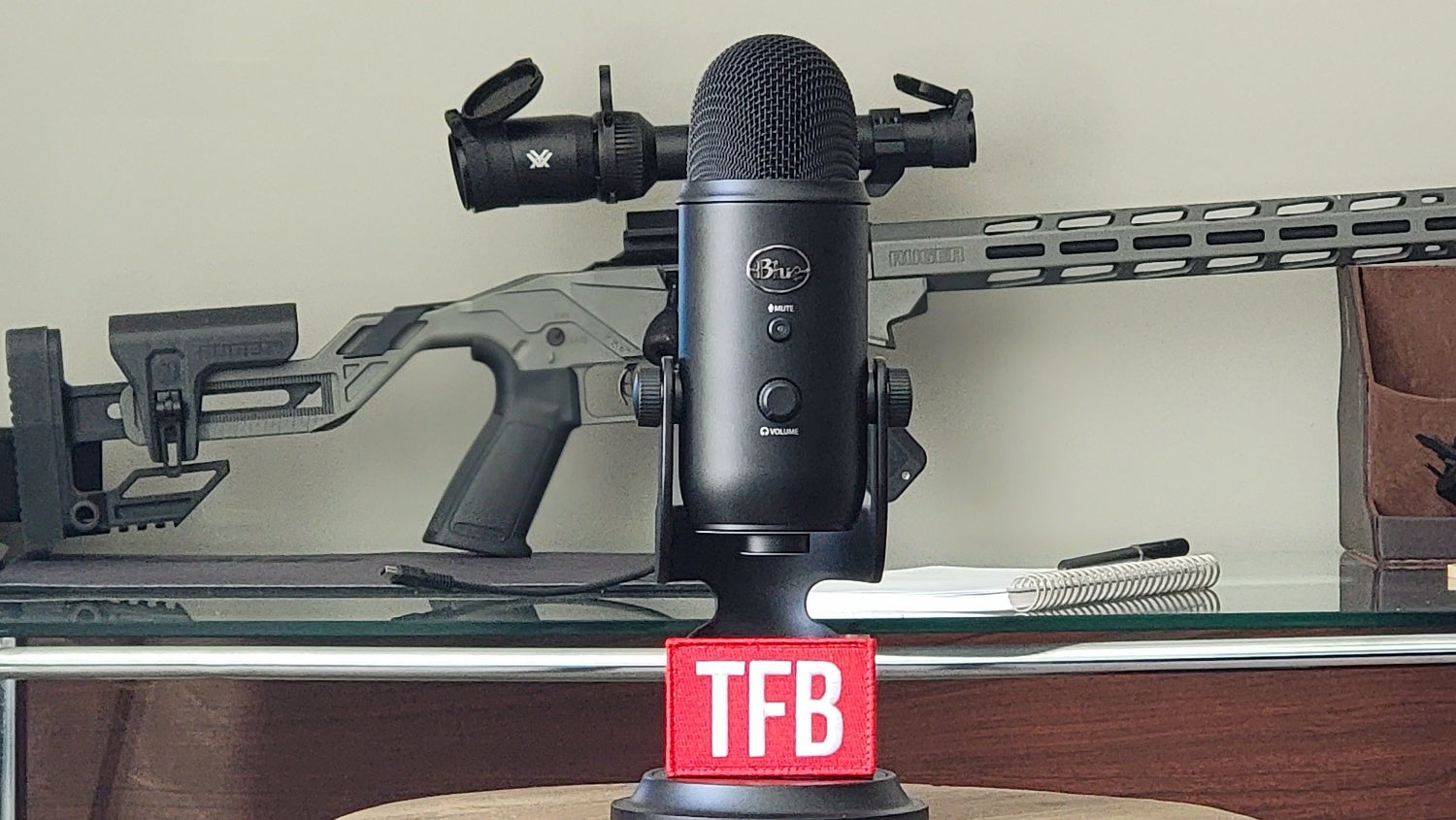Elon Musk’s purchase of Twitter is already the gift that keeps on giving.
Shortly after news broke that the platform would once again respect the freedom of speech, far-left activist Shaun King deleted his entire account.King, or “Talcum X” as he is often referred, had tweeted earlier in the day that Musk “wanting to purchase Twitter is not about left vs right. It’s about white power.” “The man was raised in Apartheid by a white nationalist,” King added, referring to Musk being South African. “He’s upset Twitter won’t allow white nationalists to target/harass people. That’s his definition of free speech.”I didn’t think this day could get much better, but it appears Shaun King has deactivated or deleted his Twitter account. pic.twitter.com/R1ci1eSRYW
— Election Wizard 🇺🇸 (@ElectionWiz) April 26, 2022
 Speaking of targeting and harassing, King previously threatened the Kenosha police and blasted an individual member of the police department so they he could be intimidated by the violent left. He is known for spreading hate hoaxes, which almost always have a victim that becomes subjected to his hate mobs.
Speaking of targeting and harassing, King previously threatened the Kenosha police and blasted an individual member of the police department so they he could be intimidated by the violent left. He is known for spreading hate hoaxes, which almost always have a victim that becomes subjected to his hate mobs.
Former Good Place actress turned obnoxious leftist activist Jameela Jamil also quit the platform, though she did not delete her account. “Ah he got twitter. I would like this to be my what lies here as my last tweet. Just really *any* excuse to show pics of Barold. I fear this free speech bid is going to help this hell platform reach its final form of totally lawless hate, bigotry, and misogyny. Best of luck. ❤️” Jamil tweeted, along with four photos of herself appearing to play with her dog in her bra.Shaun King apparently deleted his Twitter. I guess he won’t be using the platform to falsely accuse guys of murdering children before they commit suicide anymore https://t.co/IYHMq9wceD
— Chuck Ross (@ChuckRossDC) April 26, 2022
Ah he got twitter. I would like this to be my what lies here as my last tweet. Just really *any* excuse to show pics of Barold. I fear this free speech bid is going to help this hell platform reach its final form of totally lawless hate, bigotry, and misogyny. Best of luck. ❤️ pic.twitter.com/fBDOuEYI3e
— Jameela Jamil 🌈 (@jameelajamil) April 25, 2022








 Twitter finally agreed to Elon Musk’s offer on a takeover bid deal for $44 billion on Monday.
Twitter was reportedly re-examining Elon Musk’s $43 billion takeover supply after the billionaire lined up financing for the bid over the weekend. They reached an agreement on Monday.
Twitter is well-known for stifling, censoring and banning free speech in America. Twitter silenced The Gateway Pundit, Joe Hoft, Tucker Carlson, Alex Jones and even the President of the United States. Only conservatives get banned. There should be laws against this.
Elon Musk previously said his interest in Twitter was not so much to make money as it was to restore free speech on the internet. He now has that opportunity.
Already there are calls to reinstate prominent conservative accounts banned by the social media giant.
Alex Bruesswitz
Twitter finally agreed to Elon Musk’s offer on a takeover bid deal for $44 billion on Monday.
Twitter was reportedly re-examining Elon Musk’s $43 billion takeover supply after the billionaire lined up financing for the bid over the weekend. They reached an agreement on Monday.
Twitter is well-known for stifling, censoring and banning free speech in America. Twitter silenced The Gateway Pundit, Joe Hoft, Tucker Carlson, Alex Jones and even the President of the United States. Only conservatives get banned. There should be laws against this.
Elon Musk previously said his interest in Twitter was not so much to make money as it was to restore free speech on the internet. He now has that opportunity.
Already there are calls to reinstate prominent conservative accounts banned by the social media giant.
Alex Bruesswitz 
 Meanwhile at Camp Biden…
Hunter Biden told his dead brother’s widow Hallie Biden to get tested for HIV while they were having an affair in 2018.
Recall, a married Hunter Biden started ‘dating’ his brother’s wife Hallie whilst Beau was on his death bed with brain cancer.
According to
Meanwhile at Camp Biden…
Hunter Biden told his dead brother’s widow Hallie Biden to get tested for HIV while they were having an affair in 2018.
Recall, a married Hunter Biden started ‘dating’ his brother’s wife Hallie whilst Beau was on his death bed with brain cancer.
According to
 Remdesivir bottles with a syringe for treatment of Covid-19 (Getty Images)
Remdesivir bottles with a syringe for treatment of Covid-19 (Getty Images)
















